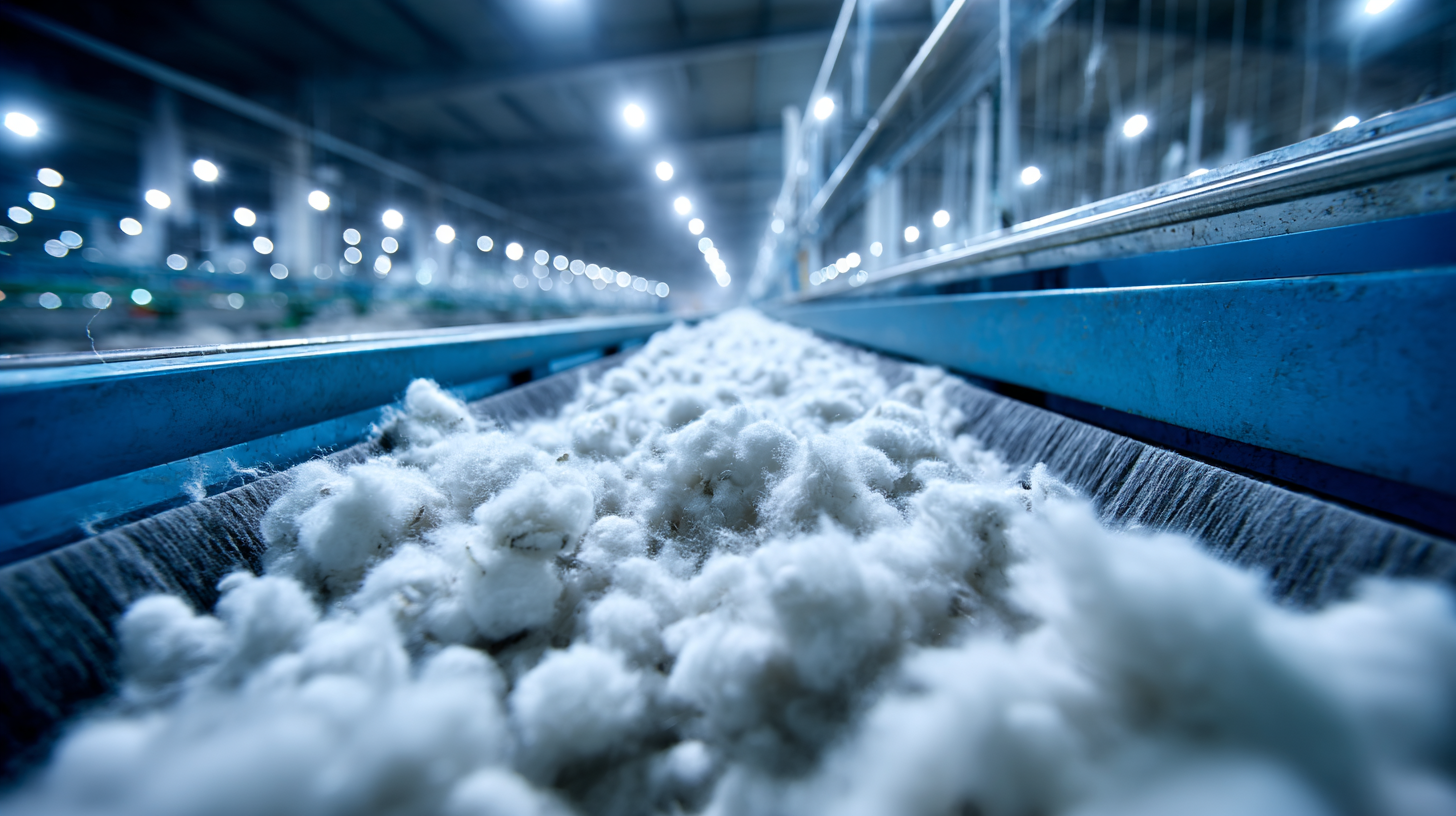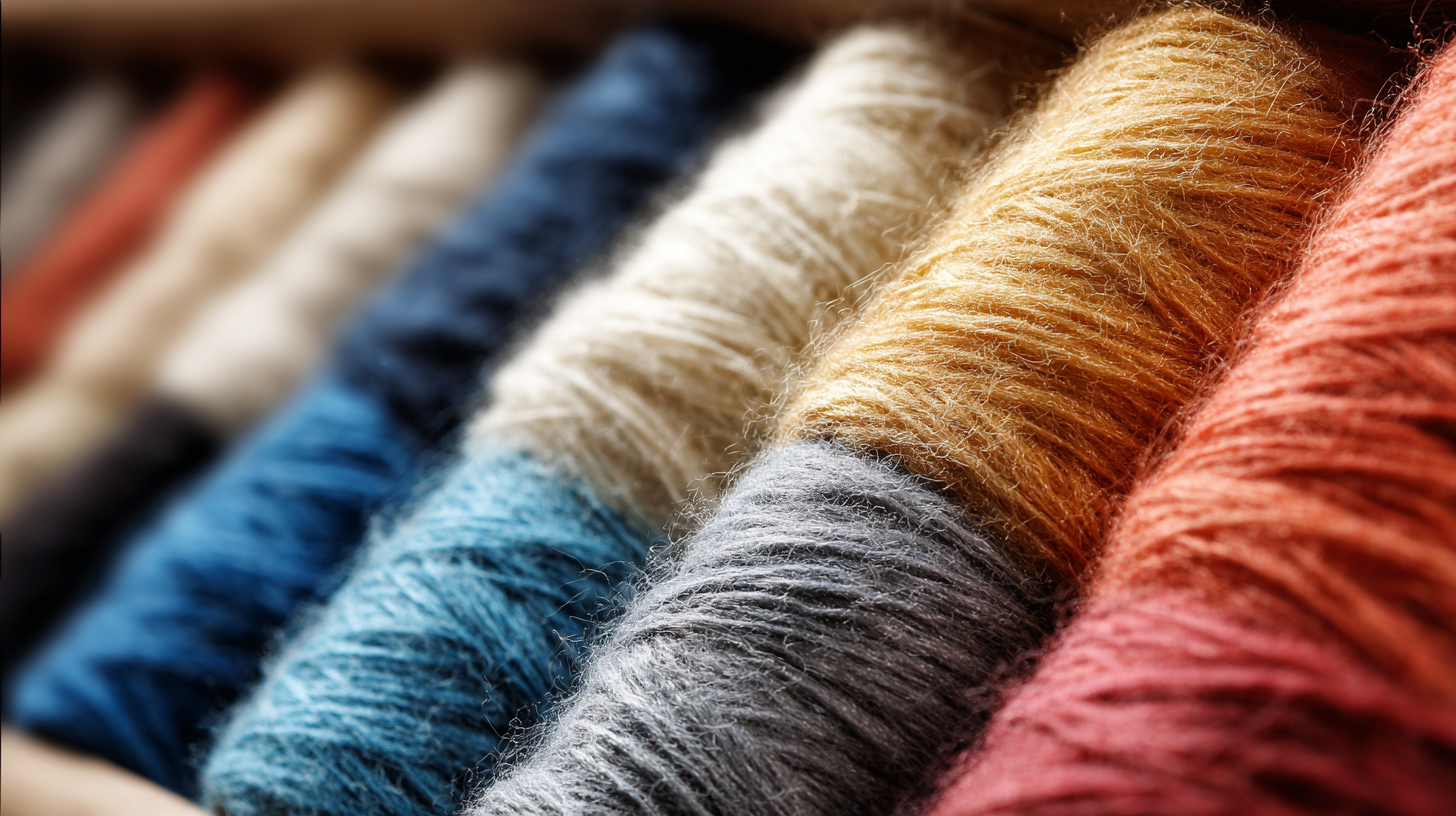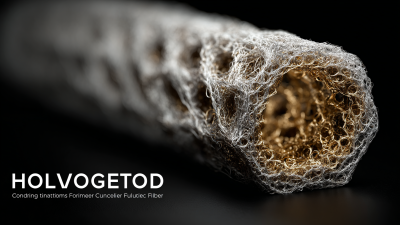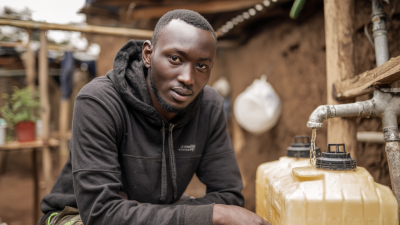
How to Choose the Right Polyester Staple for Your Textile Production Needs
The selection of the appropriate Polyester Staple is critical for the success of any textile production process, as it directly influences the quality, durability, and performance of the final products. According to a recent study by the Textile World Report, the global polyester staple fiber market is projected to grow at a CAGR of 5.2% by 2025, highlighting the increasing demand for this versatile material across various applications. With its superior properties such as high tensile strength, resilience, and cost-effectiveness, Polyester Staple has become a preferred choice for manufacturers aiming to meet the evolving consumer demands for sustainability and quality. As industries continue to focus on innovation and efficiency, understanding the nuances of different types of Polyester Staple is essential for making informed decisions that align with specific production needs. This guide aims to navigate through the key factors to consider when selecting Polyester Staple, ensuring optimal outcomes in textile production.

Understanding the Basics of Polyester Staple Fiber Types
When selecting the appropriate polyester staple fiber for your textile production needs, it’s essential to understand the various types available and their specific applications. Polyester staple fibers can be broadly categorized into virgin and recycled fibers. Virgin polyester fibers are made from newly produced raw materials, offering superior strength and durability, making them ideal for high-performance textiles. In contrast, recycled polyester fibers, derived from post-consumer PET bottles, provide a more sustainable option while still maintaining decent quality and performance in many applications.
Moreover, the denier or thickness of the polyester staple plays a critical role in the final textile product's texture and suitability for various uses. Lower denier fibers, for example, yield softer, finer fabrics, which can be advantageous in clothing and soft furnishings. Conversely, higher denier fibers result in more robust materials, which can be beneficial for industrial applications. By understanding these basic distinctions in polyester staple fiber types, manufacturers can make informed choices that enhance both the quality of their products and their sustainability practices.

Evaluating Performance Characteristics for Textile Applications
When selecting the right polyester staple for textile applications, it's essential to evaluate various performance characteristics that can significantly influence the final product's quality. First, consider the fiber's tenacity and elongation. High-tenacity polyester staples provide improved strength, making them suitable for fabrics that require durability, such as athletic wear or outdoor textiles. Meanwhile, elongation properties can affect the stretch and recovery of the fabric, which is crucial for end uses that demand flexibility and comfort.
Another vital characteristic to assess is the fiber's denier, which plays a pivotal role in determining the fabric's weight, softness, and drapability. Lower denier fibers tend to create softer, lightweight fabrics ideal for garments like blouses and dresses, while higher denier options offer a more robust feel suitable for structured apparel or upholstery. Additionally, the thermal properties of polyester staples should be taken into account; fibers with higher thermal resistance can enhance the garment's ability to retain shape and resist wear over time. By thoroughly evaluating these performance characteristics, textile manufacturers can choose the most appropriate polyester staple that aligns with their production needs and desired product outcomes.
Assessing the Environmental Impact of Polyester Staples
When selecting polyester staples for textile production, it's imperative to consider their environmental impact, as polyester is a significant contributor to global plastic pollution. According to the Textile Exchange’s 2020 report, approximately 60% of all fiber used in the textile industry is derived from polyester, leading to large volumes of waste and emissions. The production of virgin polyester involves extensive use of fossil fuels, with an alarming statistic showing that manufacturing a single kilogram of polyester emits around 5.5 kilograms of CO2.
Moreover, the recycling aspect of polyester staples is gaining traction, as the demand for sustainable practices increases. The Global Recycling Foundation states that recycled polyester can reduce energy consumption by up to 80% compared to virgin polyester production. This notable reduction not only lowers greenhouse gas emissions but also minimizes dependence on non-renewable resources. As brands and manufacturers seek to align with environmental standards, choosing recycled polyester staples becomes a crucial part of addressing sustainability in textile production and achieving circular economy goals in the sector.
How to Choose the Right Polyester Staple for Your Textile Production Needs - Assessing the Environmental Impact of Polyester Staples
| Polyester Staple Type | Denier | Recycled Content (%) | Environmental Impact Score (1-10) | Uses |
|---|---|---|---|---|
| Low Denier Polyester Staple | 1.5 - 3 | 50 | 6 | Non-woven fabrics, filling materials |
| Medium Denier Polyester Staple | 3 - 6 | 30 | 5 | Apparel, home textiles |
| High Denier Polyester Staple | 6 - 15 | 10 | 4 | Industrial textiles, upholstery |
| Superfine Polyester Staple | <1.5 | 0 | 8 | Luxury apparel, high-performance textiles |
Identifying Cost Factors in Polyester Staple Selection
When selecting the right polyester staple for your textile production, understanding the cost factors involved is crucial. The type of polyester staple can significantly influence production overhead. Key considerations include the fiber denier, which directly affects the price; higher denier fibers typically come with an increased cost due to their strength and durability. Additionally, sourcing locations play a critical role; domestically produced fibers may command a premium compared to imports, affecting the overall budget for your textile projects.
Another important cost determinant is the quality and performance characteristics of the polyester staple. Higher quality fibers that offer better color retention, strength, and resistance to wear may incur higher initial expenses. However, investing in superior materials can lead to cost savings in the long run through reduced waste and improved product longevity. Therefore, a thorough analysis of these cost factors can help in making informed decisions, aligning budget constraints with desired product quality and performance standards in textile production.
Choosing the Right Supplier for Quality Polyester Staple
When selecting a supplier for polyester staple, it is essential to prioritize quality and reliability. Start by researching potential suppliers’ reputations in the textile industry. Look for companies with a proven track record of producing high-quality fibers that meet industry standards. Customer reviews and testimonials can provide insights into the experiences of other manufacturers, helping you assess the supplier's reliability and product consistency.

Further, consider the supplier's ability to accommodate your specific requirements. Different textile production needs may require varying grades of polyester staple, so it's crucial to choose a supplier who can offer a diverse range of products. Communication is key; a responsive supplier can provide valuable advice and customization options that align with your production goals. Additionally, assess their logistics capabilities to ensure timely delivery, as delays can impact your production schedules.
Related Posts
-

Innovative Solutions for Challenges in Automotive and Home Textile Industries Using Best Hollow Conjugated Fiber
-

7 Best Uses of Psf Fiber in the Textile Industry for Enhanced Durability
-

Understanding the Production Standards for the Best Everyday Sanitary Pads Fiber in the Global Market
-

The Future of Sustainable Water and Sanitation Solutions
-

The Future of Hydrophobic Natural Fibers in Sustainable Textile Innovation
-

Discover the Advantages of Best Hollow Conjugate in Modern Textile Manufacturing



